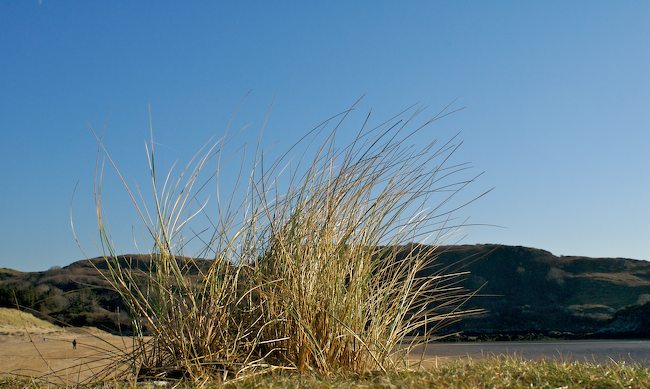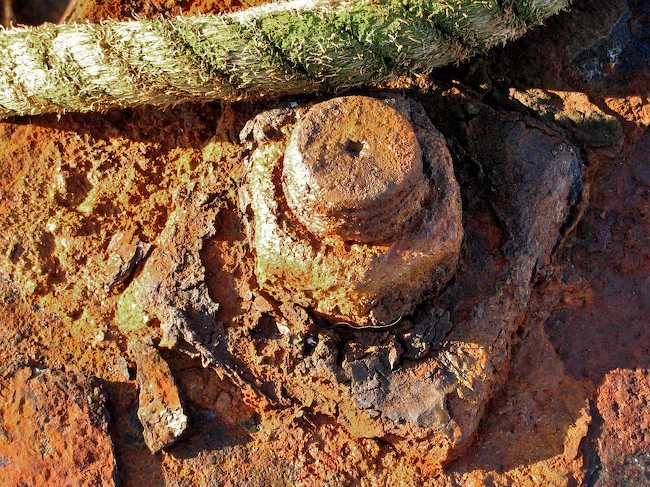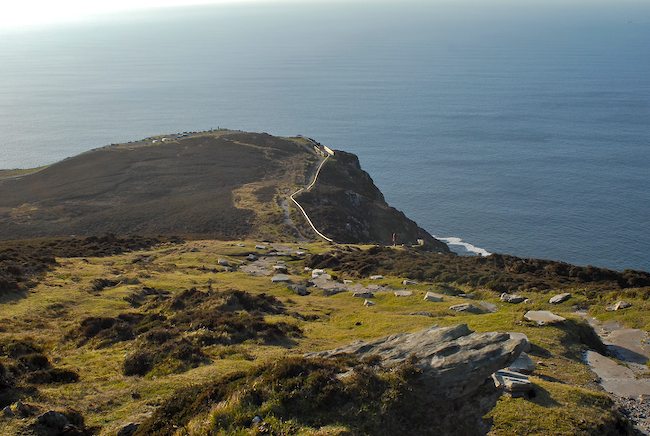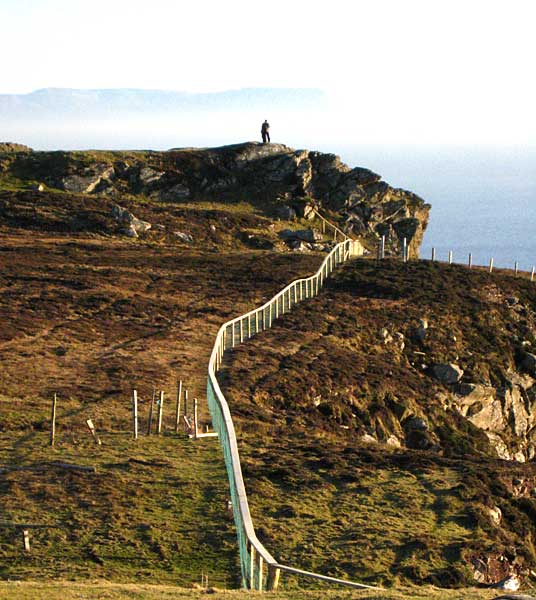At last, some good news for civilisation.
ABC’s magazine circulation results for the second half of 2007, out last week, arrive full of blighted hopes and clouded futures. Are young men, oozing testosterone, the key to the future? Not when you see Loaded down 30 per cent in a year, Maxim 40 per cent, and Nuts and Zoo 8.9 per cent and 12.8 per cent off the pace respectively. Boobs and booty seem to be more of a turn-off than turn-on these days. And over in the celebrity gossip enclosure, too, Heat, Now and Closer are all down around 12 per cent (with 5.4 per cent saying Goodbye! to Hello!
Yippee!






